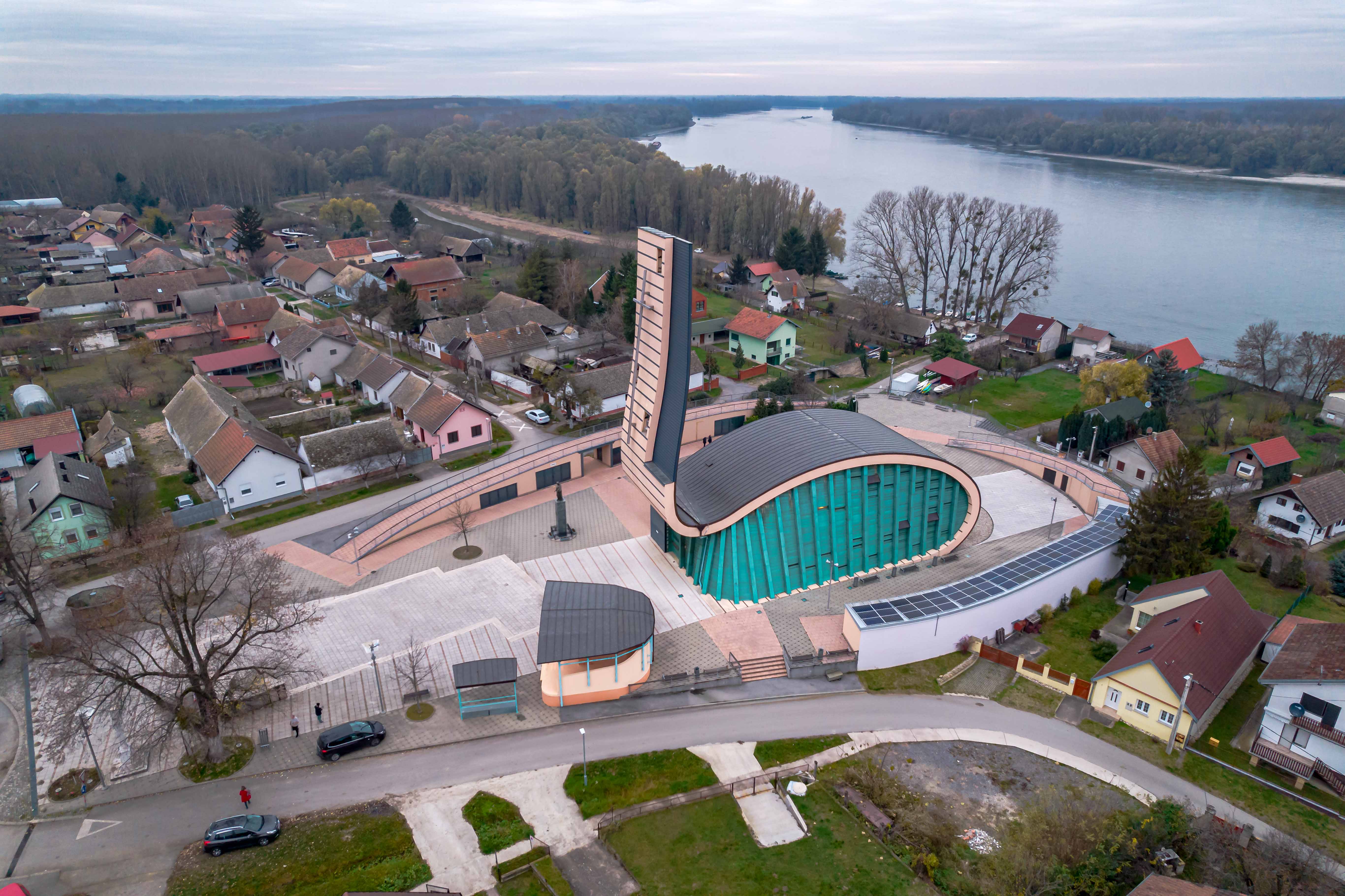Second Edition of Mammothfest Kicks Off in Mammoth Valley of Mohovo
October 7, 2022 - The story of Mohovo slowly but surely becoming known as the mammoth valley of Croatia continues in a festive spirit. It has been ten years since the first discovery of a mammoth tooth. A group of local creative souls and enthusiasts decided that the area with such a long and rich history deserves recognition. Welcome to the second edition of Mammothfest!
As the portal Turističke Priče writes, the Dolina Mamuta (Mammoth Valley) Association, with the support of the community, is organising the second Mammothfest. The festival program is rich, and the star is a life-size mammoth! Over two days - October 7 and 8 - a series of events has been organised for the residents of Mohovo and all other visitors. There are currently a little more than 150 residents in Mohovo, and the organiser's wish is to popularise their village through this unique event and do something so that young people would stay there.
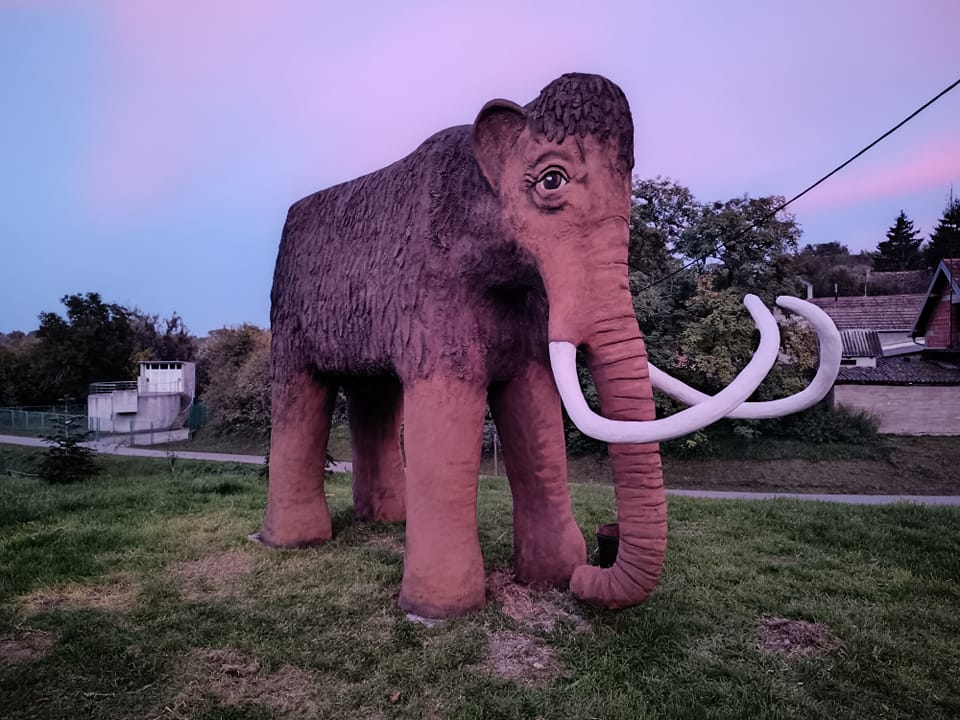
A series of workshops focused on ecology will be organised for children specifically, where they will have the opportunity to see how "čerpić" or mud bricks were made, of which houses were once built. An exhibition is on the agenda for Saturday, where some of the fossils found so far will be exhibited, including mammoth teeth, accompanied by textual descriptions that will explain the finds, as well as the animals that lived in these areas in some ancient age.

The programme begins on Friday, October 7, at 4 p.m. with various workshops for children, and the first day of the festival will end with a concert by Dalibor Greks.
The programme of the second day of the festival begins at 12:30 p.m. with the opening of the fossil exhibition organised on the occasion of the tenth anniversary of the discovery of the first mammoth tooth in Mohovo. At 2:00 p.m., the program titled "Fairytale Storyteller" begins, in which Sandra Vukoja will tell fairy tales to the youngest. At 3:00 p.m., workshops for children continue, as well as a surprise performance. At 5:00 p.m., the Painting of Historical Motifs workshop begins, and at 7:30 p.m., the Mammothfest kettle, i.e., a dinner of shepherd's stew for all visitors, is announced. The programme ends with a concert by Ivan Štivić and the Begeš Tambura ensemble at 8:30 p.m.

On the eve of the 2nd MAMMOTHFEST, a life-size mammoth has been placed in the centre of the village, which will undoubtedly be a lovely photo point. Come to Mohovo, learn about mammoths, taste some stew, and enjoy good music in beautiful surroundings!
Photos: Dolina Mamuta Association
For more, make sure to check out our dedicated Travel section.
Discover the Croatian Danube: An Idyllic Weekend in Dalj
September 30, 2022 - From the canals of Aljmaš; and the slopes of Erdut, after having enjoyed steaming hot fish stew from a hanging pot and wine from the largest barrel in the world, continue your journey east, and you will shortly arrive in Dalj. Another hidden gem of Slavonia and Croatia. A place where the Danube is just the right temperature in the summer, where the fruits taste sweet, and where the stars aligned to make it the birthplace of one of the greats.
The first signs of life in Dalj date back to the Bronze Age, around 1350 BC. One of its first names, from the Roman times, was Teutoburgium, and its significance was that it was positioned on one of the four main routes towards Dalmatia. Just like the rest of eastern Croatia, Dalj underwent changes in power and demography, resulting in a rich heritage mix of Catholic, Orthodox Christian, and Ottoman influences. The Christian religions remained and are both still an essential part of Dalj’s culture. The silhouette of the village is adorned with Catholic and Orthodox churches, and the church of St. Demetrius is the largest cathedral of the Serbian Orthodox Church in Croatia. Right next to it, an inviting palace with a garden full of flowers – the summer residence of the church’s patriarchs found its home. Naturally, its location is prime, with only a green park between it and the Danube.

Author
The Danube, of course, is what life revolves around. The geography of the village has remained such that people from every part of the village can reach the riverbank quickly and straightforwardly. They go there to walk, relax, swim, fish, or enjoy nature. In the summer, the Dalj beach is the absolute centre of all activity. Gathering from all parts of the village, families, and friends either walk, swim, or let the Danube take their boats there. Once they’ve reached the sand and the shade of the banks, the party can start. Whether beach volleyball, music, drinks, or barbecue, something happens daily to keep everybody’s minds off the summer heat.
Just like Aljmaš and Erdut, Dalj is an excellent stop on the Danube not only for refreshment and activities but for wine and food. The local gastronomy shines bright in Stari Mlin, a restaurant serving the best of Slavonia daily, with live music on weekends, occasional events, and special celebrations. It is a trendy venue for team buildings as well. There is plenty of room both indoors and on their summer terrace.

Restoran Stari Mlin
The menu celebrates the Danube, with carp, catfish, and perch taking centre stage and plenty of meat dishes in supporting roles. We recommend calling in advance to try out their famous traditional catfish stew or fire-roasted carp. Even if you’re not feeling hungry, sit down for dessert or coffee and enjoy the view and the Danube breeze.

Steve Tsentserensky
After a delicious filling meal, it would be a mistake not to let your heart take you straight to wine. A special surprise awaits in Dalj. Head over to the Antunović winery, the first female-owned and established Croatian winery, and find out why it became one of the most awarded wineries in Croatia.
If you’re looking for a specific reason to visit Dalj, where you can experience the lovely autumn atmosphere while learning about the local traditions, try the Fair of Old Crafts and Customs and Gužvara Fest. Use the chance to try out traditional tools and witness true craftsmanship or taste some of the local delicacies. The emphasis lies on Gužvara – a traditional yeast dough dessert filled with ground walnuts or poppy seeds. It is a must-serve at Slavonian feasts and gatherings. Saturday, the 8th of October, is the day.
Tradition is an integral part of life in Croatian villages. Following suit, the big days in Dalj include kirbaj (also known as kirvaj), Crkveni God for the Catholic population, and Krsna Slava for Orthodox families. Both events celebrate the village's and family patron saints, respectively.
Finally, let us not forget to mention Dalj's greatest - Milutin Milanković. This mind of the future, an influential mathematician, physicist, and astronomer, was born in Dalj, went on to travel Europe for his studies and work, but came to some of his most important conclusions right in his backyard, inspired by the Danube and a big pine tree, which still stands there 143 years later. Stay tuned to find out more about, possibly, Croatia's most underrated museum.

Steve Tsentserensky
Special thanks to Jovana, the Erdut Municipality Tourist Board directorErdut Municipality Tourist Board, and the perfect host for our day in Dalj.
How good is your knowledge of eastern Croatia? Take the CROMADS test above - how many places do you recognise?
For more, make sure to check out our dedicated Travel section.
Discover the Croatian Danube: Fishing Village of Aljmaš (Part 1)
August 15, 2022 – The blue, the mighty, the grand, the Danube. One of the most important rivers in the world that was the lifeline of an entire civilisation in Vučedol remains an aspect of life without which life would be unimaginable everywhere along its course. The German, the Austrian, and the Hungarian Danube are well known. It is time to discover the Croatian Danube. From Osijek to Ilok, its course is adorned with picturesque little villages. In part one of the series, welcome to Aljmaš.
Located some twenty-six kilometres east of Osijek and the same distance north of Vukovar, between the slopes of Alma Mons, or Fruška Gora, and the bank of the Danube, this small fishing village patiently awaits the arrival of all who seek peace and quiet. Four streets, a thousand or so houses, one big church, some 350 people. Is that all there is? Of course not. Hundreds of years of history, legends, traditions, and the best fish stew you would ever hope to try. An easy, quiet lifestyle with all that you might need. Even business opportunities.

Photo: Dubravka Petric (PIXSELL)
It has been 785 years since the first mention of the name Aljmaš. The area itself, though, has hosted life since long before, and the locals keep finding remains of Roman architecture to this day. With its geographical position in proximity to the river, the settlement surely played an important role in the Roman empire. A theory excitedly discussed among the locals is that a yet-to-be-located battle between the Romans and the Illyrians might have happened in the valley of Aljmaš itself.
The historical importance of the village also lies in the fact that the well-known Hungarian humanist and poet Janus Panonnius was born in none other than Aljmaš. Though Čazma was previously believed to be his birthplace, his verses confirm that it was indeed “Where the Drava surrounds its name and water to the Danube”. And during the Austro-Hungarian rule, it was the beloved summer garden of Maria Theresa.
As for other popular sources of debate, there is an interesting theory that explores the possibility that Novi Sad in Serbia was built by settlers from Aljmaš, somewhat resembling the New Amsterdam story. In the early 18th century, when the plague was the main threat in Europe, a group of people from Aljmaš apparently sailed out on a raft down the Danube to escape the disease. They might have settled some 130 km east, around the area of today’s Novi Sad. To confirm this theory, the locals point out that the streets of Aljmaš were called sadovi, which is an old Slavic word for garden, and the name Novi Sad, you guessed it, means a new garden. Secondly, Novi Sad, the city is only about three hundred years old, which would correspond to the time of movement.
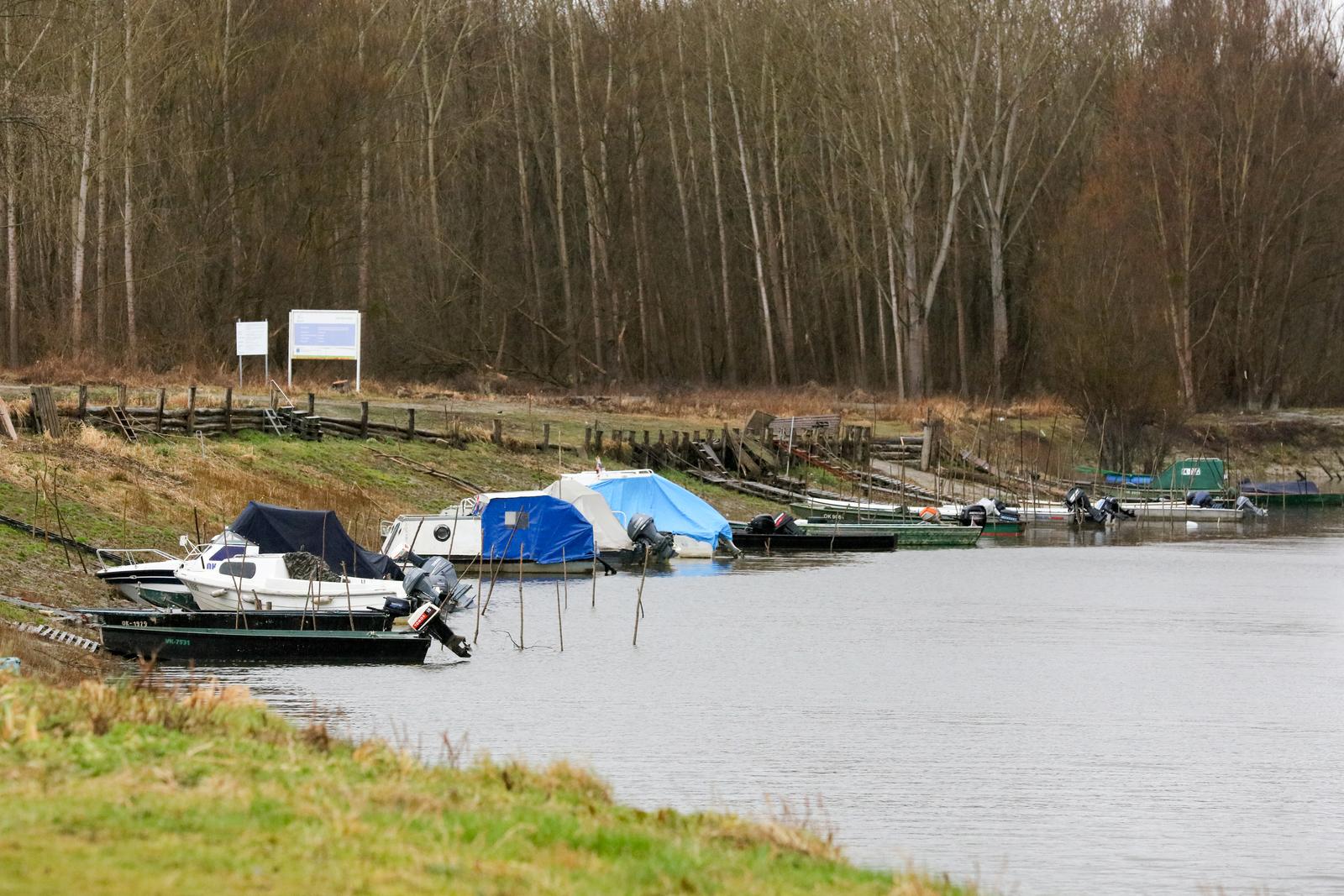
Photo: Dubravka Petric (PIXSELL)
Modern Aljmaš lived its golden age between the two world wars, when 1446 people lived there, who owned 46 businesses, and the village had 2 butchers and 3 bakeries. It was an important port on the way from the Black Sea to Budapest, which, as you can imagine, ensured that the birth rate would steadily grow. It was also an important weekend and summer home for the nobles of Osijek and Vukovar who needed a quiet place in nature, especially those who liked fishing. After the second world war, as well as the Homeland war, the population of Aljmaš unfortunately significantly declined, leaving it at approximately a quarter of what it used to be.
It is, however, slowly being rediscovered. Trying to escape a busy hectic lifestyle, many will naturally gravitate towards picturesque little places like this to spend their holidays, weekends, or retirement, but people have also started permanently moving there to live a relaxed life and raise their children in a safe environment where nature still dictates the way of life.
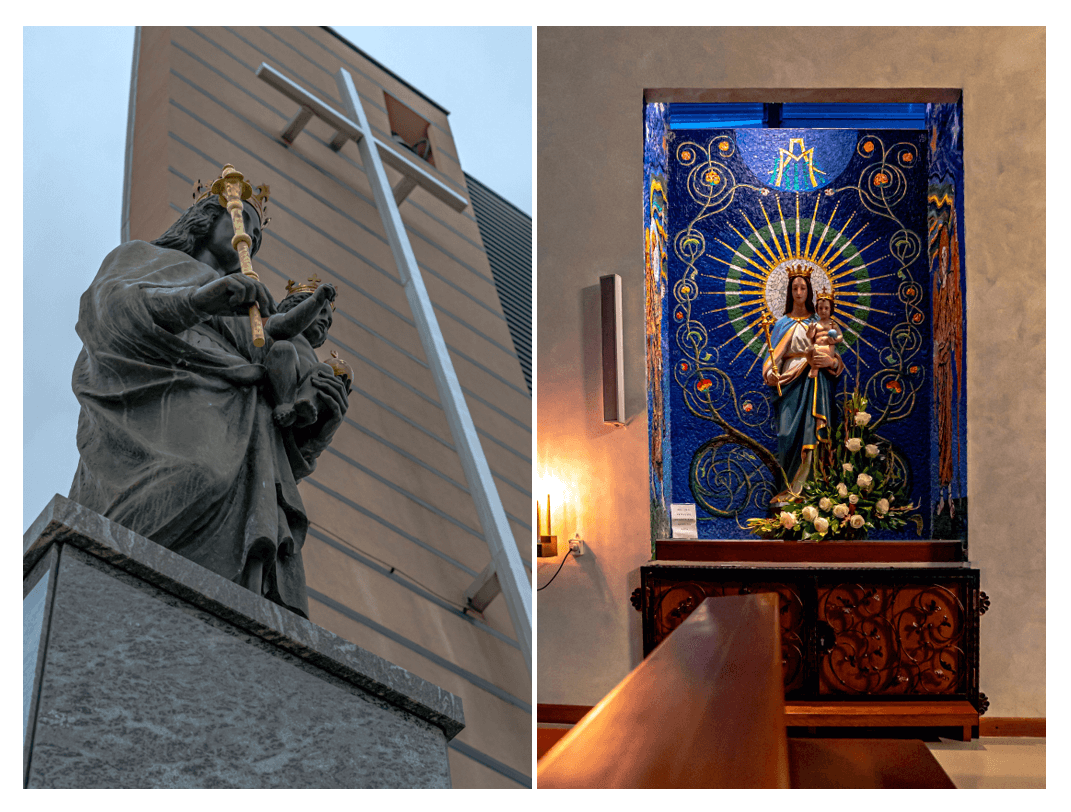
Photos: Steve Tsentserensky
Catholicism has always played a very important role here, so much so that even during the Ottoman rule when many were forced to convert to Islam, Aljmaš remained a Catholic settlement. Nowadays, it is one of the famous places of worship and pilgrimage in the name of Mary. Even though a legend does exist of a sighting of the Virgin Mary, the reason why Aljmaš became her home is different. In 1704, a statue of Mary was brought from the village of Lug in Baranja to save it from the rebellion that was brewing there against the Habsburg monarchy. A humble little church made of branches and mud stood in Aljmaš to provide shelter. Mary has been the symbol of Aljmaš ever since. In 1846 the village church burnt down, along with the statue, only leaving a painting of the former statue. A new baroque church was built, and the bishop Josip Juraj Strossmayer financed a new statue to be made in Vienna. During the Homeland war in 1991, the said church was heavily bombarded and taken down, and the statue was believed to be destroyed. In 1992, however, a Russian UN soldier found the statue with only the crown and a part of one arm missing, dressed it in his vest, and put a helmet on it to conceal it and safely transport it to Osijek. Just like the people of Aljmaš, it spent years in exile. It remained in Osijek until 1998 when it was taken back to Aljmaš. The road, of course, was the Danube. It was taken on a boat, with hundreds of fishing boats following.
Photo: Steve Tsentserensky
With the old church destroyed and the statue of Mary having been returned to Aljmaš, the local government decided to invest in a new place for worship and built the new, monumental church in 2003. It is famous for its architecture, but this does spark debate among the locals. While some think that its modern design draws people in, others disagree since its architectural integrity might not be the best, and it is questionable how long the church will withstand the humidity and the winds from the Danube.
One thing is for sure, though. The church is still an important place not only for the residents of Aljmaš but for many who visit to pray and contemplate. Without a doubt, the most important date remains today, August 15, marking the Assumption of Mary. Year after year, the holy mass in the open gathers thousands of pilgrims. Though it is a quiet celebration, the village comes alive in its former glory with people walking, talking, praying, and the children all gathering around the little stalls for ice cream, cotton candy, or plastic toys.
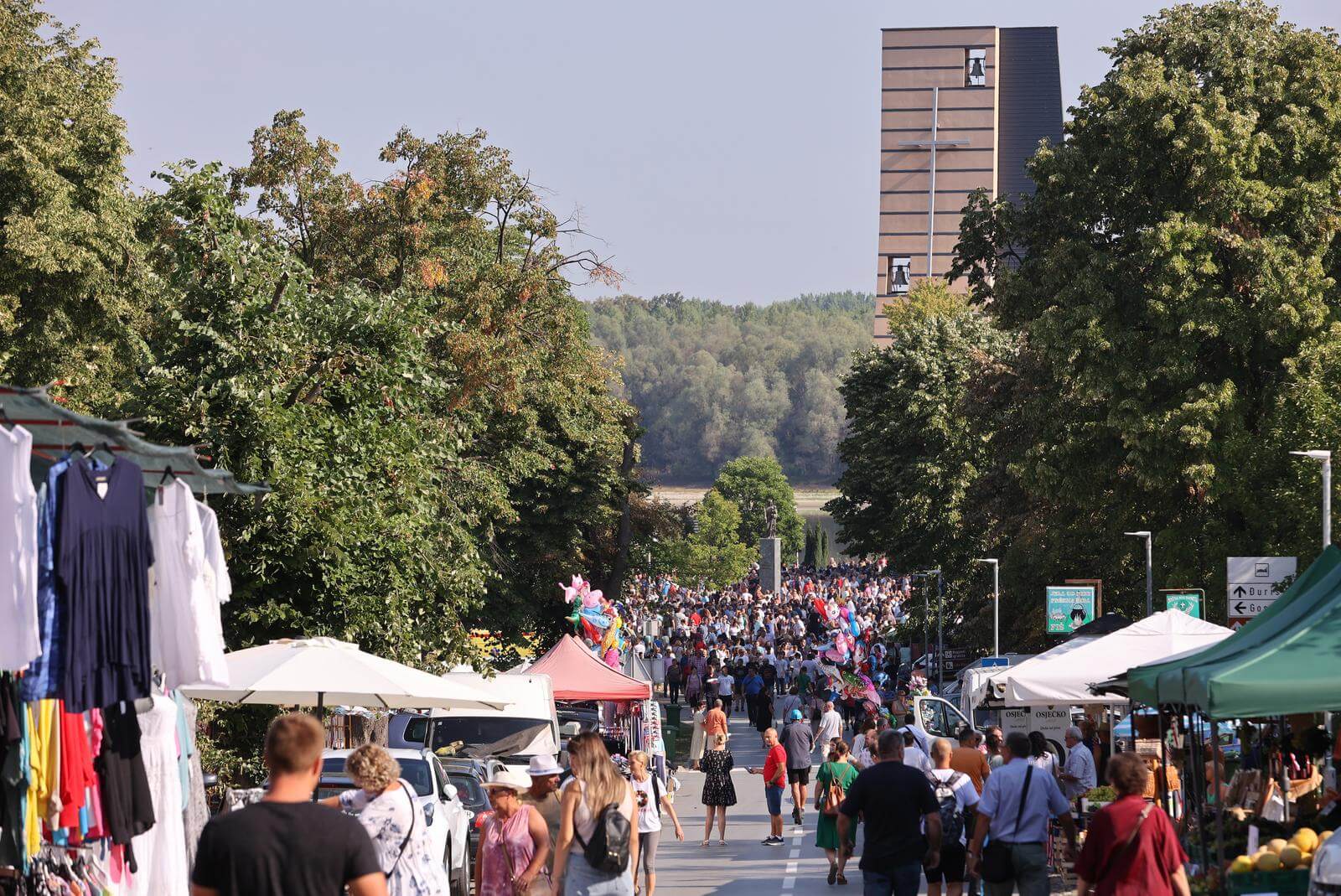
Photo: Davor Javorovic (PIXSELL)
Even though August 15 remains the most important day for Aljmaš, it is not the only day when something happens. The locals gathered in cultural societies make sure that the traditions keep on living, and that daily life is still eventful. To find out more about the local customs and traditions which live on, how the village Google makes sure they know it all, why foreigners keep buying houses there, and when you should make sure you visit, stay tuned for part 2 next week on TCN.
Special thanks to Marina, a tourist guide from Aljmaš, who works hard to keep tradition alive and who happily shared her stories with TCN.
How good is your knowledge of eastern Croatia? Take the CROMADS test above - how many places do you recognise?
For more, make sure to check out our dedicated Lifestyle section.
Vučedol Culture Museum Invites You to Out of the Box Virtual Exhibition
August 5, 2022 – The Vučedol Culture Museum in Vukovar remains a truly special place. Its unique location, architecture, and the dedication of those who make things happen there day after day, all keep drawing you back and leave you longing for more. This time, the invitation is out for all who like anything digital, 3D, and in general thinking out of the box. A new interactive exhibition nicknamed Vučedolac izvan okvira (The Vučedol Man Outside His Box) is open until the end of August.
Tportal followed up with the author of the exhibition, Darko Bilandžić, who is also the head of marketing at the Vučedol Culture Museum. He points out that, thanks to their approach to marketing and the possibilities of the digital world, he decided to offer the museum’s visitors a digital insight into the life of the prehistoric people of Vučedol.

Photo: Vučedol Culture Museum
“The people of Vučedol were advanced as a culture and in many ways ahead of many at that time. We could say that they thought outside the box. I believe that we have passed the time of static museums, which require visitors to walk through them and read the materials next to the exhibits. In addition to improving our website, we decided to go a step further and create an interactive exhibition using augmented reality technology”, says Bilandžić.
He explains that ten tablets are available to visitors, which they can use to scan ten posters to find the corresponding 3D, audio, text, or video content.
“With this type of presentation, we want to get even closer to the younger generation and keep up with the modern ways of presenting museum material, and thus further build our digital archive. I must admit that the feedback of our visitors pleasantly surprised me, as it clearly shows how important it is to continue working in the direction of new technologies”, says Darko Bilandžić.
He adds that even as a child he was interested in advanced technologies and that robots were his favourite toys.
“That passion for new and advanced technologies always stayed with me. Back in 2016, at the Vučedol Culture Museum, we had visitors take a virtual walk through the museum with the help of VR glasses”, he recalls.
He added that the “trigger” for greater involvement in the digital presentation of cultural material was the coronavirus pandemic when many museums were closed.
“It made apparent that a lot of museums were not ready for online work. We saw our chance there and I dove into learning and education, and this exhibition is the first result of that”, he says proudly, adding that without digital technologies in the future it will be difficult to imagine the operation of any museum.
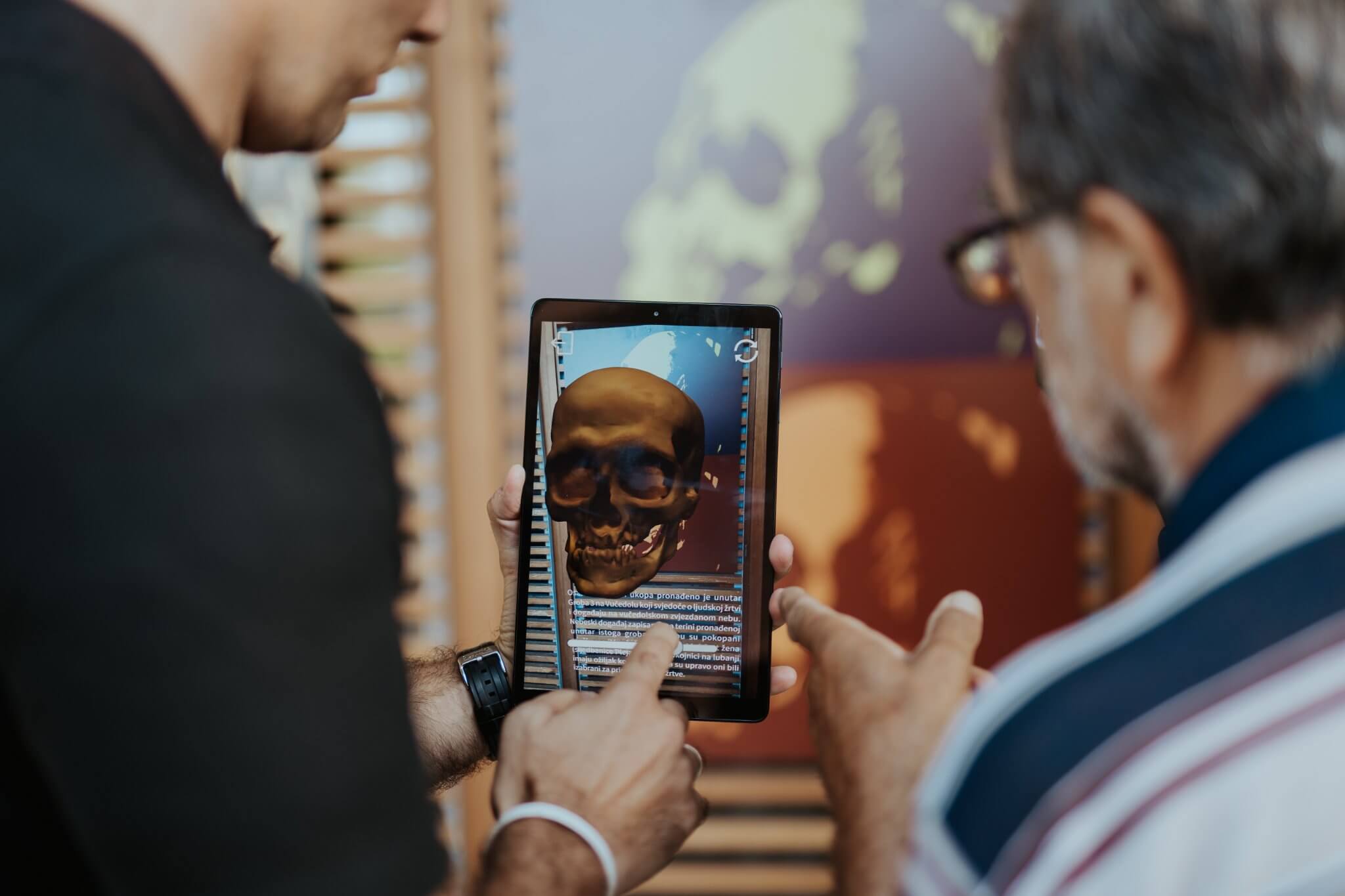
Photo: Vučedol Culture Museum
This marketing expert believes that augmented reality offers museums unimagined opportunities for development and getting closer to citizens of all ages.
“We especially want to get closer to young people and get them interested in everything that the Vučedol Culture Museum offers, and it offers many things that define today's life and reality”, concludes Darko Bilandžić.
Darko is a marketing expert who has a passion for a reality that is virtual, augmented, or extended. If you would like to know more about that, make sure to check out TCN’s interview with Darko on Culex, a successful VR company that he co-owns.
For more on lifestyle in Croatia, check out our dedicated lifestyle section.
Eastern Croatia Attracts Increasing Number of Domestic Tourists
April 17, 2022 – Good news coming from eastern Croatia, with trends showing an increased interest of domestic tourists in the golden fields, fiery stews, and the sweetest wines of Slavonia.
As hrv.hr writes, last year's trend of increasing the number of overnight stays in eastern Croatia continues this year as well.
According to the Vukovar-Srijem County Tourist Board (TZ VSŽ) for the first three months of this year, the number of overnight stays in this part of Croatia increased by more than 40 percent compared to the same period last year.
Most of the guests are domestic tourists who have had a positive impact on the county's tourist results with their arrivals and overnight stays, and it is evident that their interest in the eastern part of Croatia is finally stable and growing.
According to the director of the Vukovar-Srijem County Tourist Board, Rujana Bušić Srpak, the results of the first quarter, but also the whole of last year, show that tourism can be maintained even in crises such as a pandemic.
“It is important to emphasize that the survival of tourism in the continental part of Croatia should be credited to domestic guests. They are in our focus, and they are the ones who can maintain the tourist movement even in crises, revive the tourist potential, and stimulate the domestic economy. The majority of our guests come from Croatia, and almost half of them are from Zagreb and the Zagreb County”, says Rujana Bušić Srpak, adding that in the wave of current price increases, the county still has affordable prices and provides excellent value for money.
For more, check out our lifestyle section.
Brod-Posavina Tourist Board Introduces New Visual Identity
June 4, 2021 - At a special event, the Brod-Posavina tourist board officially unveiled its new logo, which seeks not only to renew its visual identity but also to adequately represent the county's values.
Traditional architecture, excellent gastronomy, the Sava River, and the border history of the Brod-Posavina region are the foundation of a new, modern visual identity of the Brod-Posavina Tourist Board, reports hrturizam.hr.
The basic element of the logo is dark blue and reminiscent of the Sava River, it is made in the rotated form of the initial letter of the county, and stylized elements in warm colors represent the windows of the barn, which still adorns almost every yard in this part of Croatia.
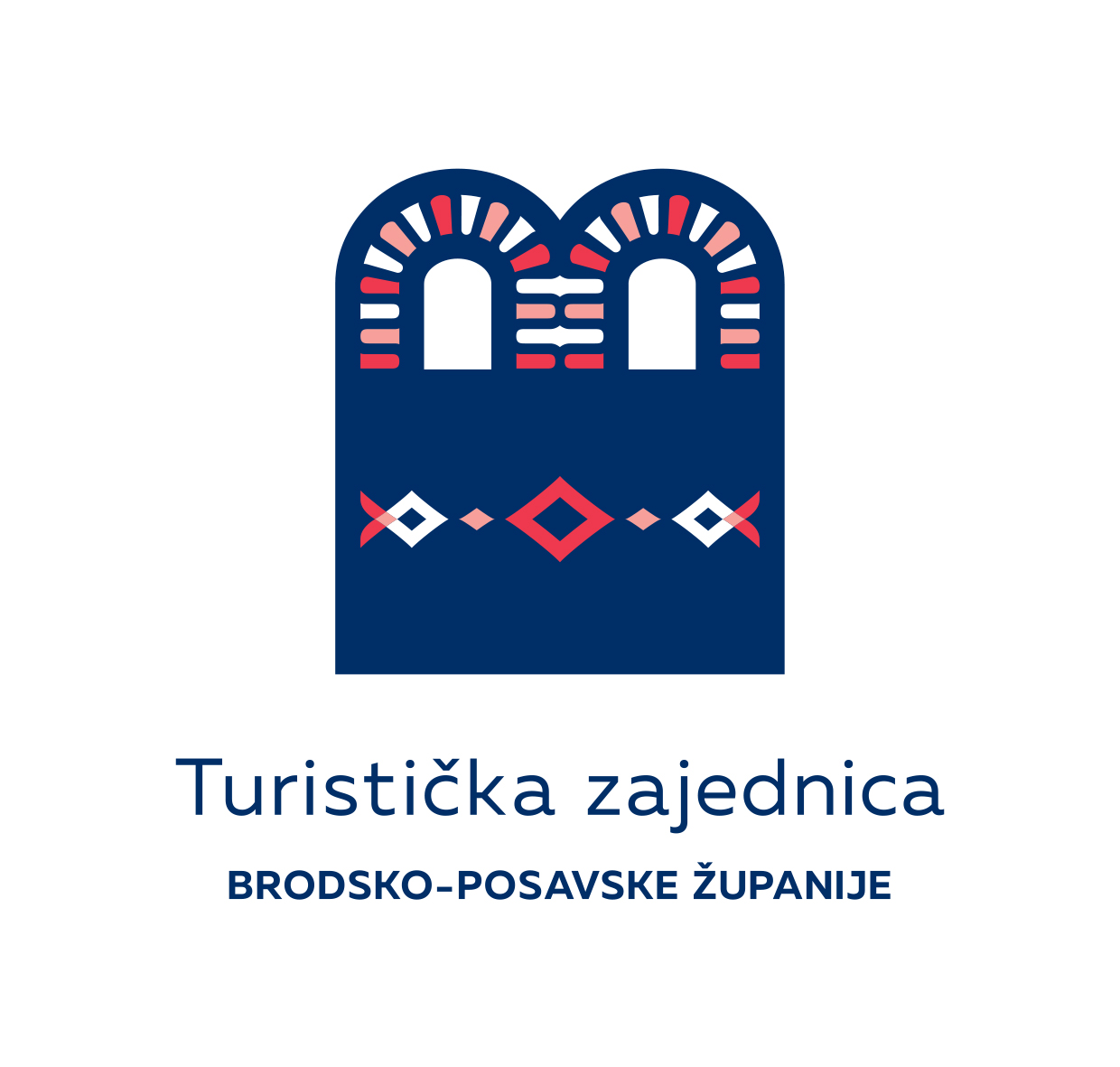
"The new logo is decent and modern at the same time, it is applicable in its original form and in a modular way and reflects a new experience of the traditional values of our region. It is based on the Strategic Marketing Plan of Slavonia Tourism from 2019 to 2020 with a branding plan, funded by the Ministry of Tourism and Sports and in which our area is described as a meeting of worlds and cultures'', said Ružica Vidaković, director of Brod-Posavina County.
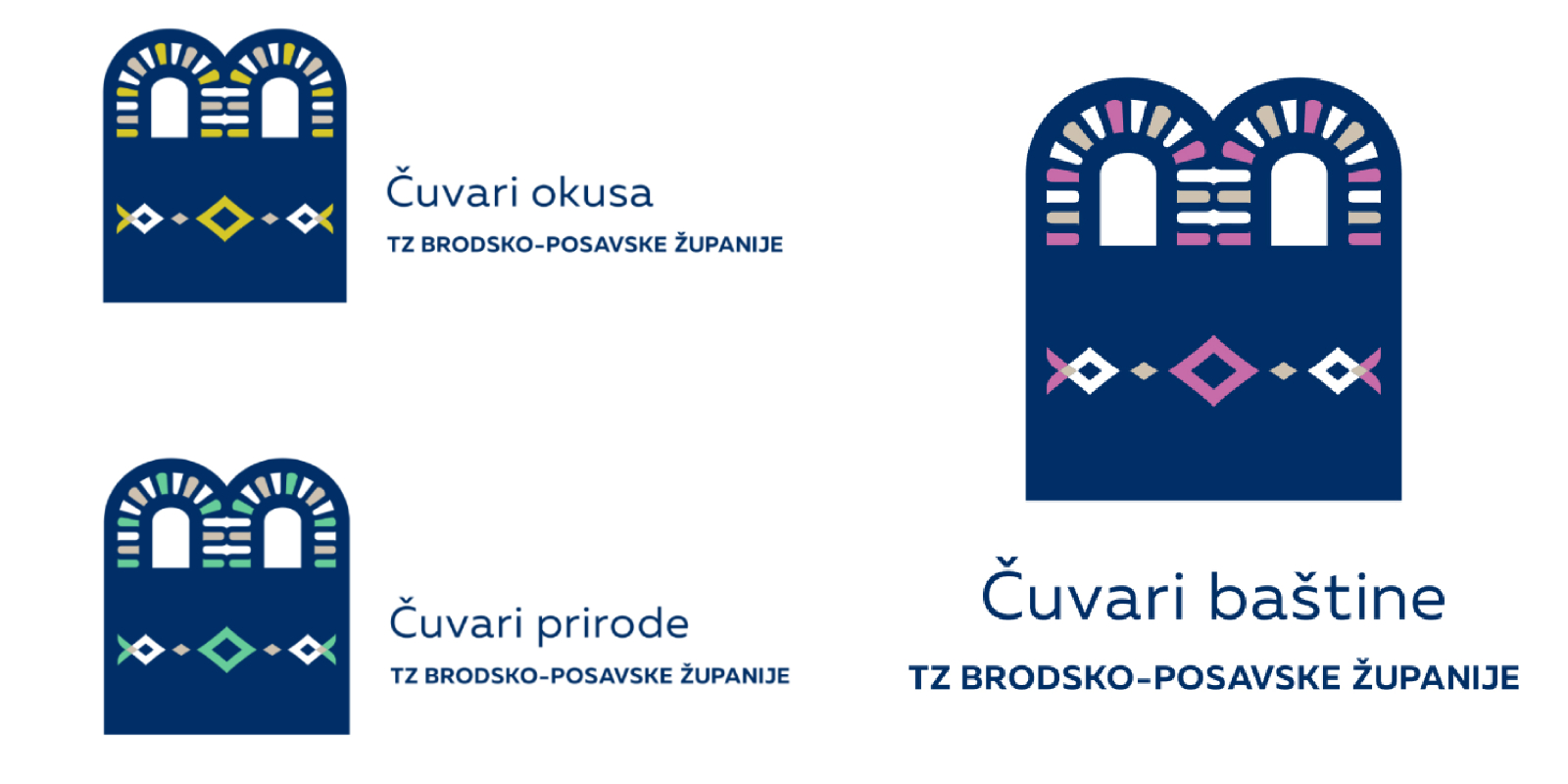
The basic logo is joined by three more variants with the slogans Guardians of Nature, Guardians of Heritage, and Guardians of Taste.
Thus, the strongest tourist trump cards are united, which are based on the historical fact that the inhabitants of this part of Croatia were border guards. In this context, the word guards are in itself warm and evoke positive emotions.
"Modern visual identity confirms how important strategic documents are and gives the best answer as to why they are made. This is an excellent example of the implementation of the Strategic Marketing Plan of Slavonia Tourism in practice", concluded Sandra Herman, State Secretary at the Ministry of Tourism and Sports.
The Lollipop communication team of Elizabeta Penić and Alma Radoš, who are signing the conceptual design and creative communication and branding of the new visual identity, was joined by graphic designer Vedrana Knez as the author of the visual identity.
Follow the latest on flights to Croatia HERE and the latest travel updates and COVID-19 news from Croatia HERE.
For more on travel in Croatia, follow TCN's dedicated page.
Osijek-Baranja Region Unveils Tourist-Attracting Promo Video
July 18, 2018 — A slick new promotional video gives Eastern Croatia the attention it deserves.


